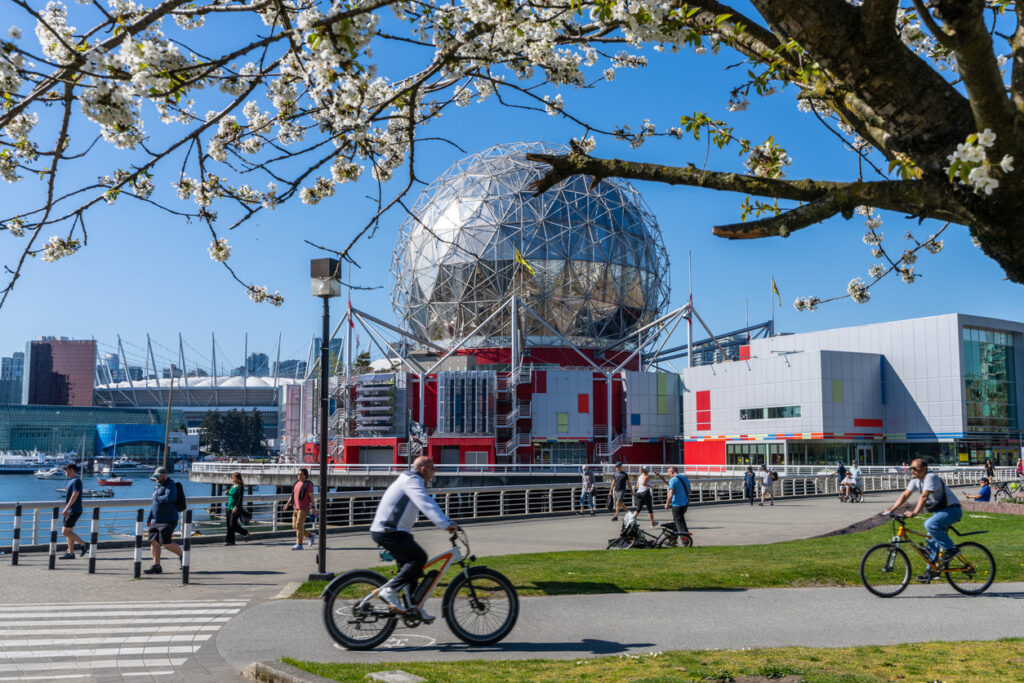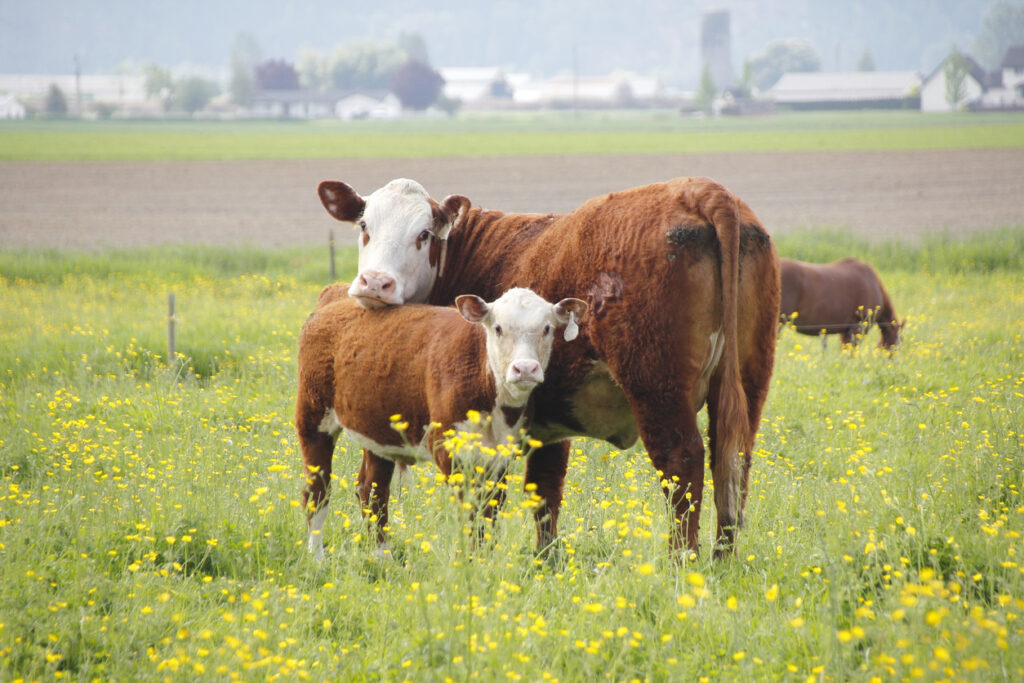To understand climate change, we need to understand where carbon comes from. Some carbon comes from natural sources: rotting plants, fires, and moose-burps. But most carbon comes from human activity.
“We've thought of environmental problems and pollution as a big industry thing, where the pollution is coming from factories,” says Dr. Kathy Harrison, researching environmental, climate, and energy policy at the University of British Columbia.
“But sources are often very small. They are individual home furnaces, individual motor vehicles, and gas stoves, as well as large industrial sources.”
On average, people in BC produce less carbon than the rest of Canada. But, a lot of people live here, which means as a whole, BC produces more carbon than almost every other province, behind Ontario and Alberta.
So, what are some of our largest sources of carbon in BC?
Transportation
Our biggest source of carbon in British Columbia is from moving people and things around the province.
Anything made in British Columbia needs to be transported to cities or ports. These distances are longer for things made in interior British Columbia than for things made in cities on the coast like Vancouver. We used to move more things by plane, but now we use more trucks and cars. Public transit is an option in cities but not the countryside.
Cars are getting more fuel efficient all the time, especially with hybrid and electric vehicles. But Canadians are choosing less efficient cars. “Canadians drive the least fuel-efficient passenger vehicles in the world,” says Dr. Harrison.
The government is trying to fix this by encouraging people to use more efficient vehicles. Some cities are also improving bicycling paths and buses. You can make a difference by trying to walk, bike, or catch the bus instead of driving.


